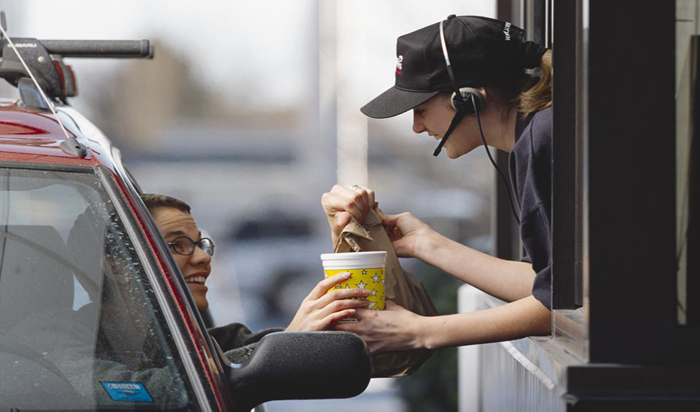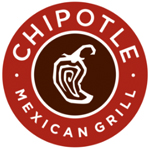QSR digital strategy pioneers like Chipotle have already shown they know what it takes to weather the storm of transformation, and that experience has placed them near the front of the pack during the COVID-19 pandemic. With much of the world still locked away and conducting life online, it’s no longer “business as usual.” And having the right technology to reach consumers has become a make-or-break corporate consideration like never before.
On the one hand, COVID has accelerated a lot of business transformation efforts that were already underway. It’s also expanded growth opportunities for those businesses that were slow to change before, but are ready now. On the other hand, COVID is shining a harsh, discerning light between those QSRs that have approached their technological evolutions strategically and those that have chased the next shiny object with a “strategy of the day” to suit.
Our current economic uncertainty makes that approach less feasible, but it doesn’t reduce the need to meet consumers where they are and to find the appropriate technology to achieve that. So how do you reconcile investing in technology during economic uncertainty? And with online ordering, apps, kiosks, and an ever-expanding range of digital payments, how do QSRs ensure they’re making the right choice?
Like most endeavors, finding the solution that moves your business forward requires a sound strategy–one that is reflective, not reactive. It takes into consideration who your customers are, what they need and how equipped you are to deliver for them. It explores the ability for your operating systems to talk to each other and to share data across departments for better transparency. And it anticipates the need to respond to market and consumer trends with plug-ins that can be turned on or off based on lessons learned.
Those lessons are learned through looking at your data. Data detailing customer habits and behaviors helps with everything from online or in-house POS options to traffic flow to scheduling to loyalty program benefits. Data on volume patterns or from predictive models can help ensure your back-of-house capability is robust enough to smoothly handle increased demands for order fulfillment. QSRs can also glean significant insights from data around loyalty program trends, promotional surges and ebbs, and social media channel engagement.
Despite concerns about increasing competition and dwindling resources, there is a silver lining to the new pressure and new uncertainties of this “new normal” we’re now navigating. Our CEO, Catherine Tabor, talks more about this in her latest Forbes article.
To read the full text, click here.


